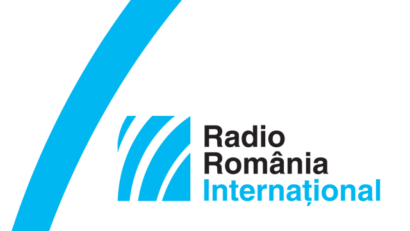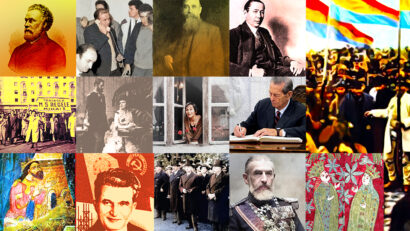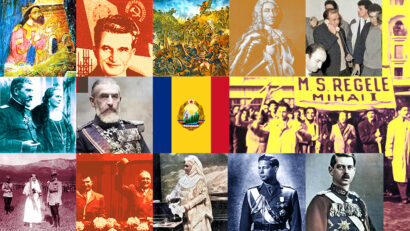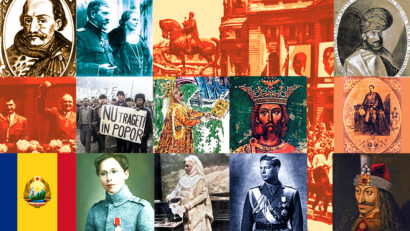The Goma Movement
The Goma Movement, named after novelist Paul Goma, the initiator of the protest, was one of the most important forms of protest by Romanian society against the communist regime.
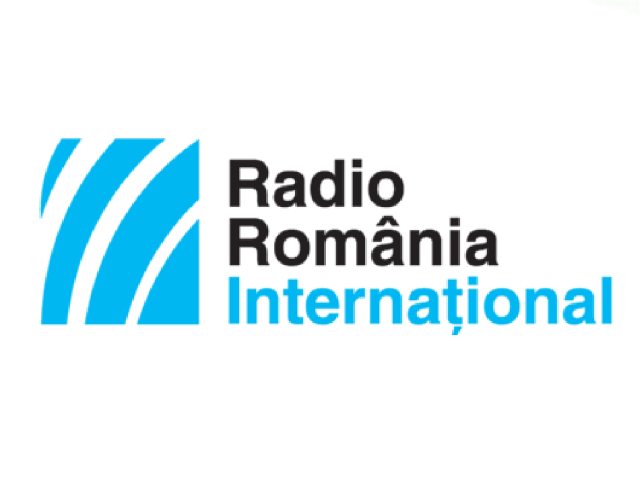
Ștefan Baciu, 30.04.2018, 10:59
The Ellenpontok (Counterpoints) samizdat, written by a group of Hungarian intellectuals in the 1970s, the Aktionsgruppe Banat, a protest movement of German language writers also from the 1970s, and the Goma Movement, were the most important forms of protest by Romanian society against the communist regime. The Goma Movement is named after novelist Paul Goma, the initiator of the protest.
Paul Goma was born in 1935 in the Republic of Moldova in a family of teachers, who came to Romania as refugees after Bessarabia was occupied by the USSR in 1944. He published 30 volumes of fiction and memoirs. He was also a political detainee. Cristina Predescu, a professor of political science at the Bucharest University, has explained that there is a difference between the initiator of the protest and the people who supported it.
Cristina Predescu: “We have this phrase, the Goma Movement, circulating in historical writings, which is the way in which this protest movement is known. In fact, this unfortunate phrase is the name that the Securitate gave the group. In this case, the situation is a bit more complicated, because it is a larger group than Ellenpontok and Aktionsgruppe Banat. I will try to make something of a reinterpretation of this movement. First of all, I will make a difference between who Goma was, as a cultural opponent of the communist regime, and the Goma movement, which is something completely different.
The relationship between Goma and the regime was sinuous, going from radical opposition to support, especially in 1968, when the new leader in Bucharest, Nicolae Ceausescu, spoke openly against the communist regime in Moscow. Cristina Petrescu: “We look at the opponents of the regime always following the dynamic of the relationship between the opponents and the regime. Goma has the privilege of being one of the longest standing opponents, the most resilient of them, which is a performance even among the people known as being the initiators of movements against the regime. He started by taking part in the student revolt in Bucharest, which coincided with those in Budapest in 1956. He became a political detainee, he was then placed under house arrest, and later reintegrated in the University system. There was an attempt to recruit him as an informer, but that failed. In 1968, he enrolled voluntarily in the Communist Party, in support of the Ceausescu regime, as he himself confessed.
In spite of all this, Goma remained an unpredictable and uncomfortable interlocutor for the authorities. Cristina Petrescu explains that the leader of the Romanian human rights movement continued to annoy the regime: “Goma stood out by the fact that in the 1970s he was a peak of non-conformism among Romanian writers, because he was the first among Romanian writers to publish outside Romania two volumes, which had been turned down by the censors. One of them was clearly against the regime and spoke about prisoners obsessed with freedom. They were very successful because they were published at a time when Solzhenitsyns The Gulag Archipelago when was being translated into other languages, whch is why Goma is referred to as the Romanian Solzhenitsyn.
Goma again came into open conflict with the communist authorities in 1977 when he signed a joint protest letter that was sent to the Conference on Security and Cooperation in Europe hosted by Belgrade that year, a letter that was read out by Radio Free Europe. The letter denounced the violation of human rights in Romania.
Professor Cristina Petrescu: “Its a known fact that Goma was the initiator of the human rights movement modelled on Charter 77 from Czechoslovakia, after which he tried to be co-opted by the regime, which he partly succeeded if we look at the articles he published before he was arrested. While in prison, he recanted many of the views he had voiced earlier and was released following international pressure before being expelled and becoming a leading member of the democratic exile until 1989. He remained a controversial figure after 1989 as well, in particular because of the views he held in respect of the Sovietisation of Bassarabia. In conclusion, I would say that Paul Goma is, to a great extent, a forgotten hero of our recent history, in which he hasnt yet found a suitable place.
This is how the Goma Movement emerged. It included a total number of 430 people who were related, in one way or another, to “The Bearded Man, the code name given by the Securitate (the former political police) to Goma. Some of the best-known figures who endorsed Gomas movement were literary critic Ion Negoiţescu, psychiatrist Ion Vianu and worker Vasile Paraschiv. 186 of them got a passport to emigrate, after the movement was stifled.
Cristina Petrescu: The Goma Movement is being described as one of the peak moments of mobilization against the former communist regime. It was a movement that numbered some 200 supporters, a figure comparable to the number of supporters of Charter 77. However, the two movements followed completely different paths. While the Goma Movement ended with his arrest, Charter 77 survived the communist regime and gave Czechoslovakia and the Czech Republic a president, after the fall of communism.
On April 1, 1977, Paul Goma was arrested and that same year, on November 20, the line authorities withdrew his, his wifes and his child s Romanian citizenship and they were expelled from Romania. They reached Paris where they sought political asylum, but Goma did not want to apply for the French citizenship. As moral reparation, Goma was given back his Romanian citizenship after 1989.

